How to Pick the Right Trekking Poles For Hiking
When you’re hiking for a long time over uneven ground, a good trekking stick can can ease the burden on your legs and back. However, not all sticks are the same. Here’s the criteria you can use to pick the perfect walking stick for your hike.

When you’re hiking for a long time over uneven ground, a good trekking stick can can ease the burden on your legs and back. However, not all sticks are the same. Here’s the criteria you can use to pick the perfect walking stick for your hike.
Suggested Reading
Find the Right Height For You
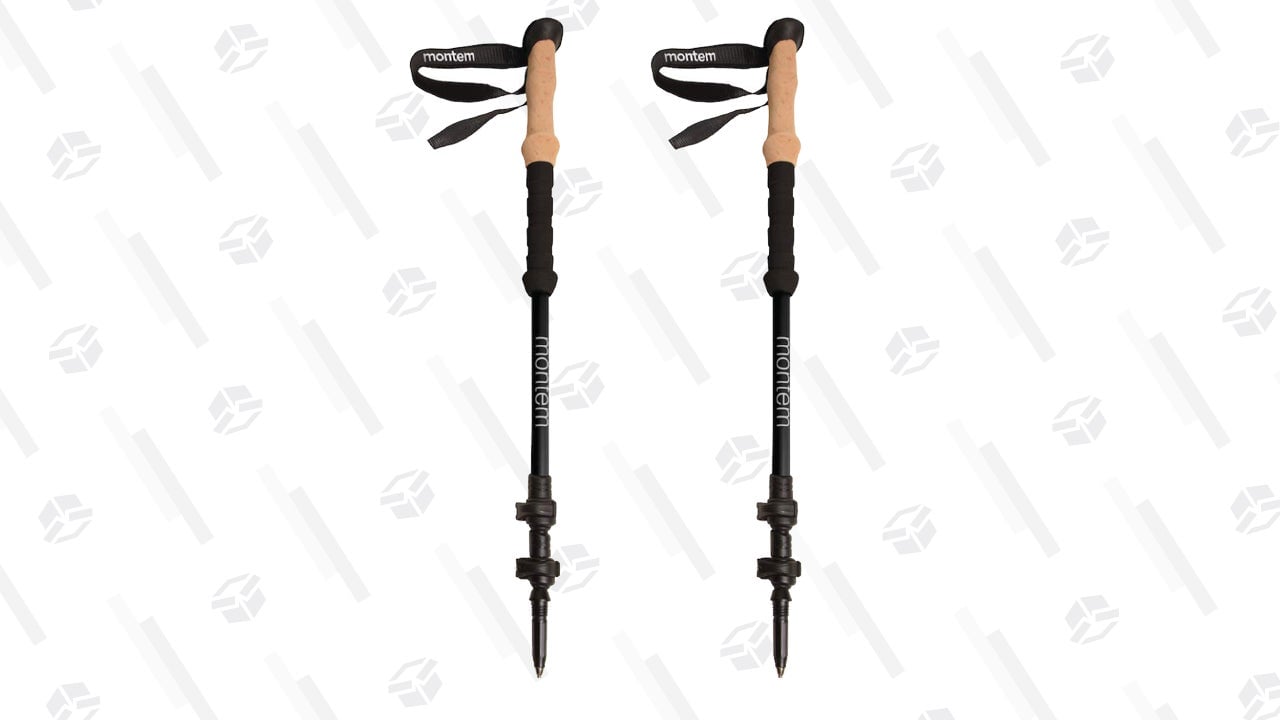
It can’t be overstated how important it is to find a walking stick that suits your height. Too low and you’ll be bending over to lean your weight on it. Too high and you’ll be pulling yourself up. Ideally, the handle on a trekking stick should fit in your hand while your elbow is at a 90 degree angle, just above your waistline. Many walking sticks, like this one from Montem have adjustable poles so you can put them at exactly the right height for your needs.
Related Content
Make Sure It Has a Comfortable Grip
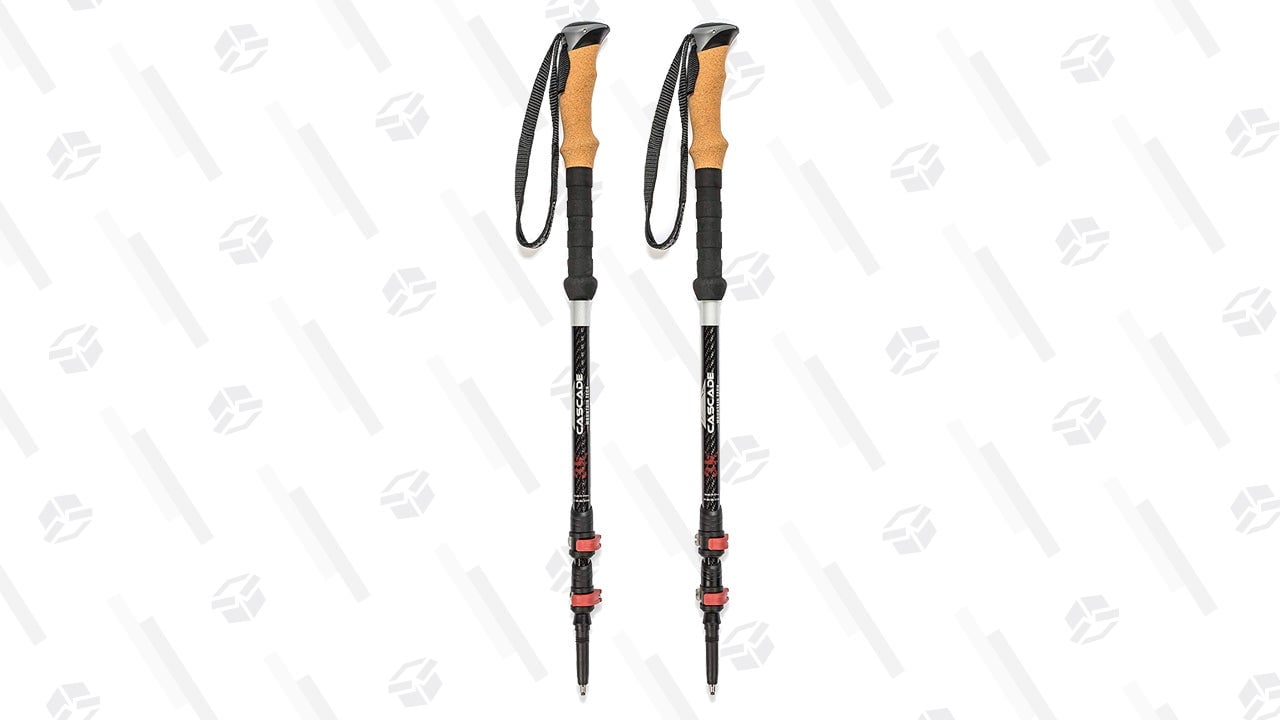
The most comfortable walking sticks tend to use either cork or foam grips to go easier on your hands. Harder grips like rubber or, god forbid, metal can rub or press on your hand’s muscles throughout the day, leading to chafing, blisters, or soreness that can discourage you from leaning on your stick. The cork grip on this Cascade pole, for example, not only provides cushion for your hands, but can absorb some of the stressful vibrations that resonate up the pole when it lands on hard ground.
Consider Shock Absorption For Intense Hikes
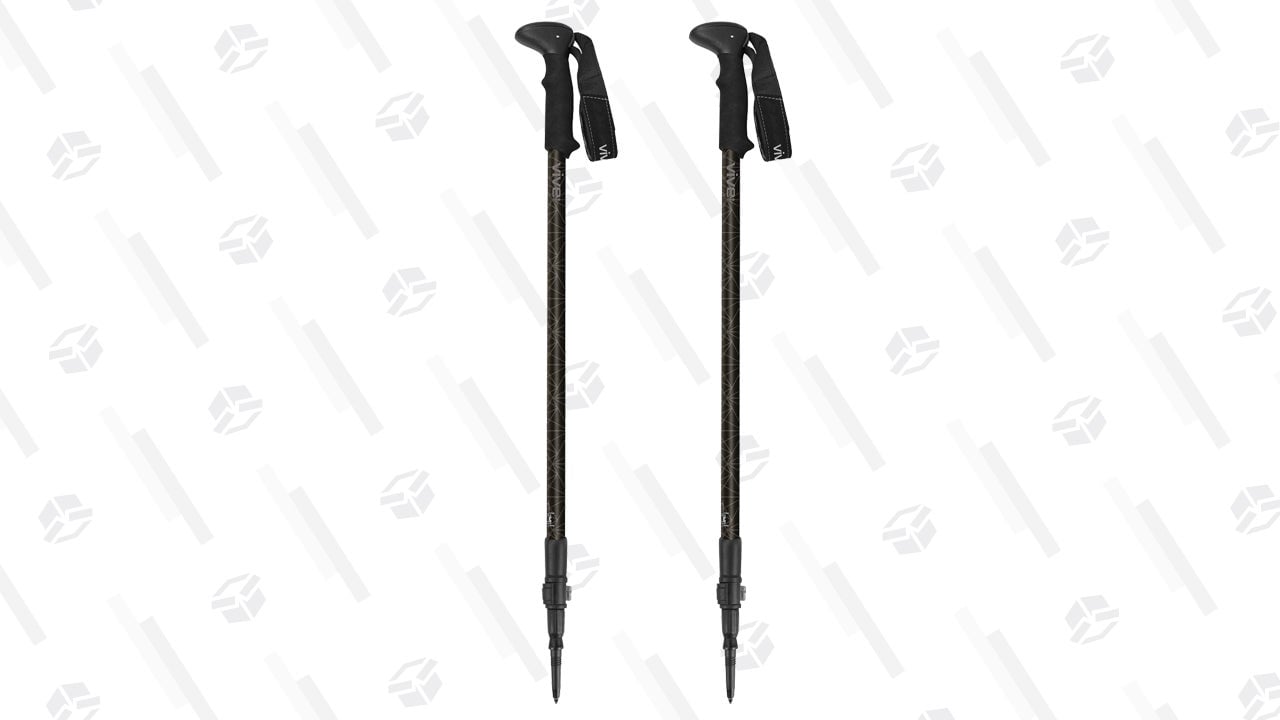
Whether you need a walking stick with shock absorption is a subject of no small debate among hiking enthusiasts. Some say it’s a needless feature, while others swear by it. Shock absorption springs, like can ease a stick’s impact, especially when walking downhill, but it can work against you when going uphill. To split the difference, poles like this one from Vive have a switch that lets you turn on the anti-shock springs when you need them, and lock the pole in place when you don’t.
Look For Sturdy Materials That Can Handle What You’ll Throw At It
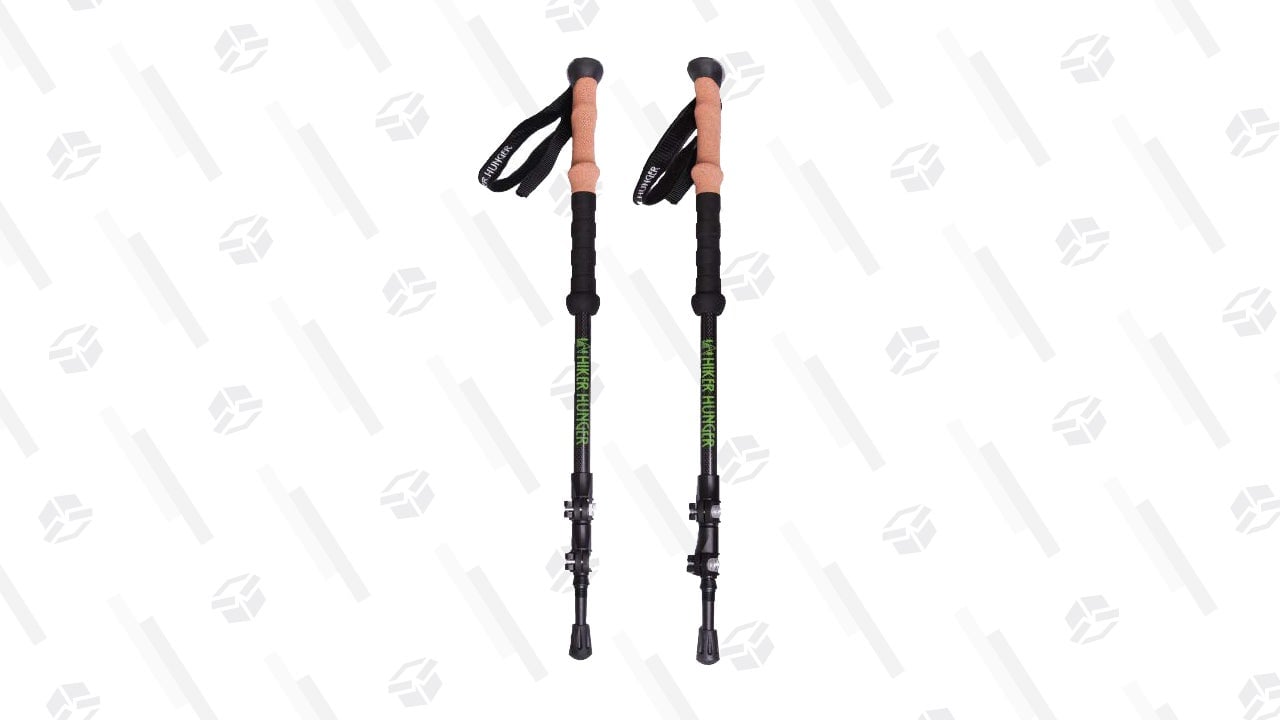
You’re outdoors, climbing over rocks, and probably even tripping now and again. Your pole is going to get damaged. If you want yours to stand up to some abuse, you’ll want something like this aluminum pole from Hiker Hunger. Unlike carbon fiber, aluminum can take a lot of nicks, scratches, and bangs without breaking or losing its rigidity. The more abuse your pole can handle, the longer you can keep walking with it.
Get the Right Tips and Baskets For the Trip
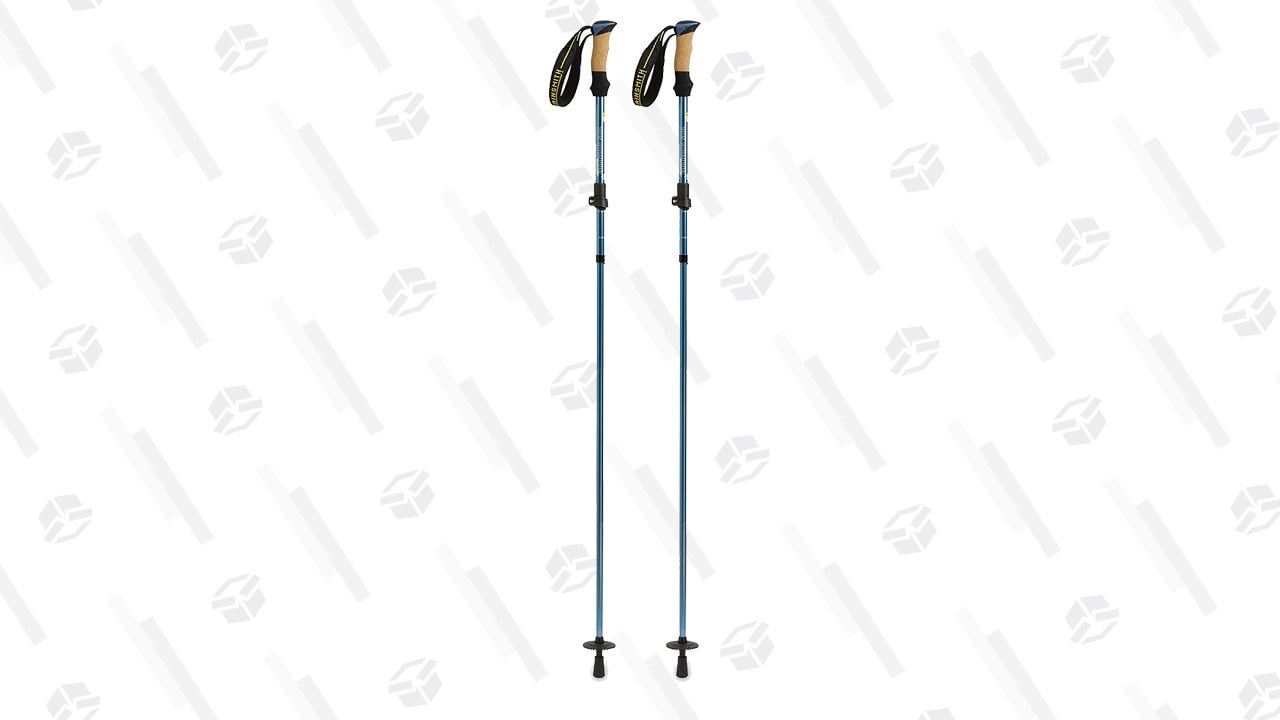
The wild outdoors aren’t paved. When you’re hiking, you may end up trudging through snow, mud, or some other less-than-stable ground. If the tip of your pole is a simple spike, you could end up leaning straight into the ground and getting stuck.
That’s why many poles, like this foldable one from Mountainsmith, come with something called “baskets” that sit just above the poles’ tip. These wide discs are designed to stay above the surface of snow or other rougher, softer terrain and help keep you steady. Many trekking poles offer baskets for different purposes as an add on, though, so you don’t necessarily have to pick your stick based on its baskets. But it doesn’t hurt to be aware of your needs while you’re shopping.
